Thinking Outside The Box…And Outside Of School
It’s been called the quintessential ‘80s movie, an endearing film that continues to charm audiences to this day with its humor, feel-good vibe, and memorable characters.
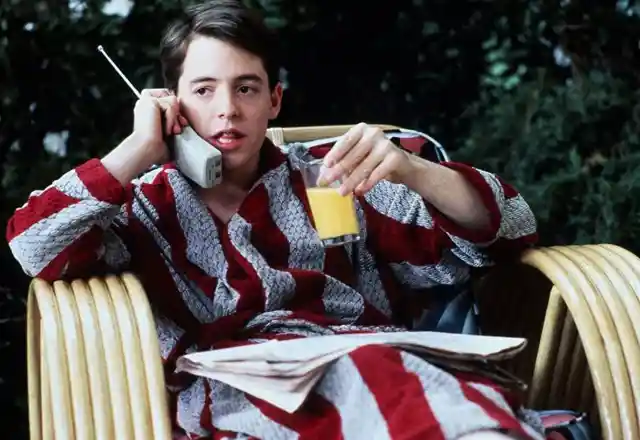
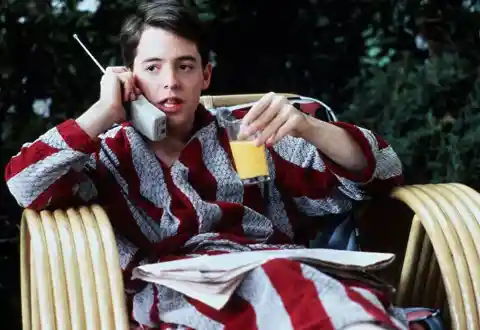
Released in 1986, Ferris Bueller’s Day Off got its start with a one-sentence pitch from movie director John Hughes, who informed Paramount studios, “I want to do this movie about a kid who takes a day off from school and … that’s all I know so far.”
His vision was given the green light. The wheels were set in motion. And Ferris Bueller was headed out of school and into cinematic history.
Familiarity Translates To Friends And Fun
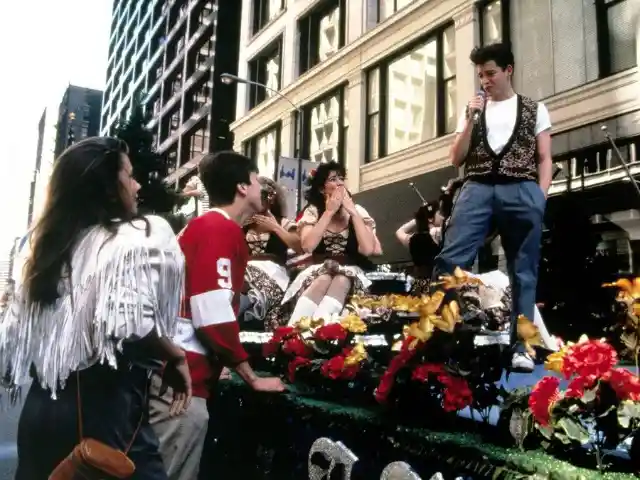
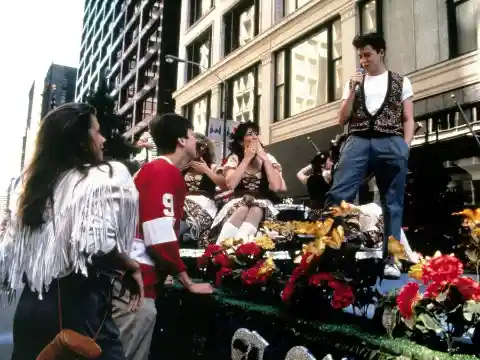
Undoubtedly, the chemistry among the movie’s cast members played a major role in the box office success of Ferris Bueller’s Day Off. Mathew Broderick infused the role of Ferris Bueller with engaging wit, Alan Ruck convincingly portrayed his best buddy, Cameron Frye, and Mia Sara enchanted in the role of Sloan Peterson. The trio’s vibe of friendship and congeniality was more the result of real-life circumstances than good acting: Broderick and Ruck were friends and even shared a trailer on the movie set.
Surprisingly, at the time of filming, Sara, at age 18, was the only actor who was close to high school age; Ruck was 29, and Broderick was 24. Hughes purposefully chose older actors, noting that, “I wanted to use real high school kids and put the main principal cast — who are all in their 20s — in this world of real kids so that there would be a greater contrast.”
Hughes drew upon his own life when it came to drafting many of the film’s details, including the décor and design of Bueller’s bedroom. “I thought that his room should really reflect his mind. It should be filled with lots of interesting, unrelated stuff,” Hughes has revealed. “It kinda looks like my room in high school. I had every square inch of my room covered with pop music record sleeves and photographs cut out of English pop magazines.”
Location, Location, Location
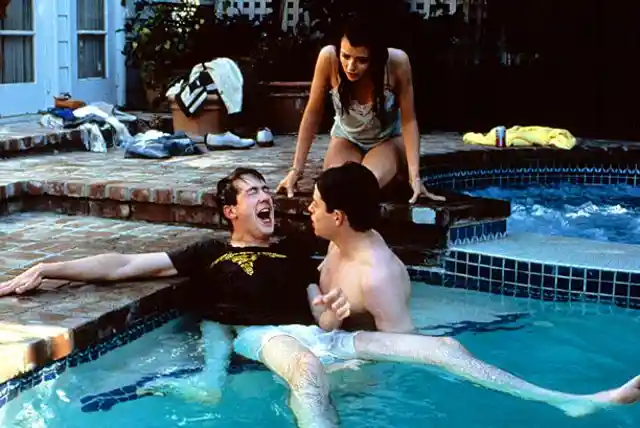
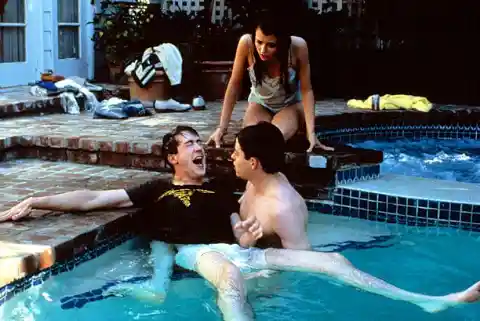
Hughes knew from the outset that he would set the movie in Chicago. “It was my city, and I really wanted to show it at its best. I think it’s wise for people to concern themselves with the things they know about. I don’t consider myself qualified to do a movie about international intrigue – I seldom leave the country. I’d feel extremely self-conscious writing about something I don’t know.”
His love of the city is evident in the scene where Bueller and friends get high before visiting the Art Institute of Chicago. The director admitted that filming there was no accident and that it tapped into his love of places and locations that he frequently visited throughout his younger years. was “I went there quite a bit. I loved it. I knew all the paintings. I knew the building, and this was a chance for me to go back into this building and show the paintings that were my favorite.”
Stranger Than Fiction
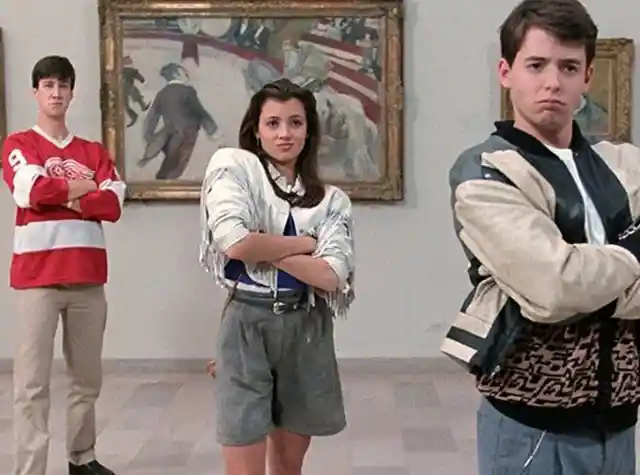
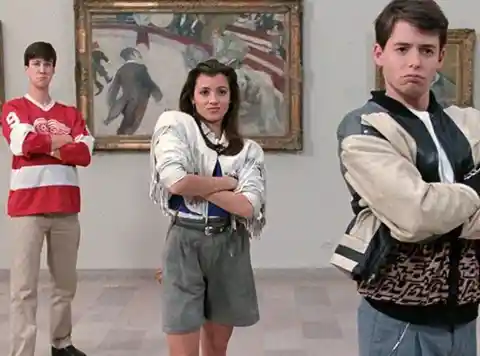
According to Hughes, even some of the most minute details in the film were given a great deal of time, attention, and direction. The movie’s production team spent countless hours training a squirrel to run across a phone line while Ferris draws the blinds. Hughes provided insight into the scene as part of the movie’s DVD commentary. “Everyone always thought it was a fake squirrel, but it was actually a real squirrel. He was just catatonic. The first one ran away, just left. He’s probably still in that stage. The second one had stage fright and just clung to the wire.”
Other nods to realism include Charlie Sheen staying awake for two straight days in order to develop the realistic, sleepless, and burnt-out look of his character when he’s in the police station, and the fact that one of the three Ferrari 250GT California Spyder replicas is sold for $235,000.
And talk about life imitating art: Bueller’s fictional parents actually married in real life. Now that’s a happy Hollywood ending.